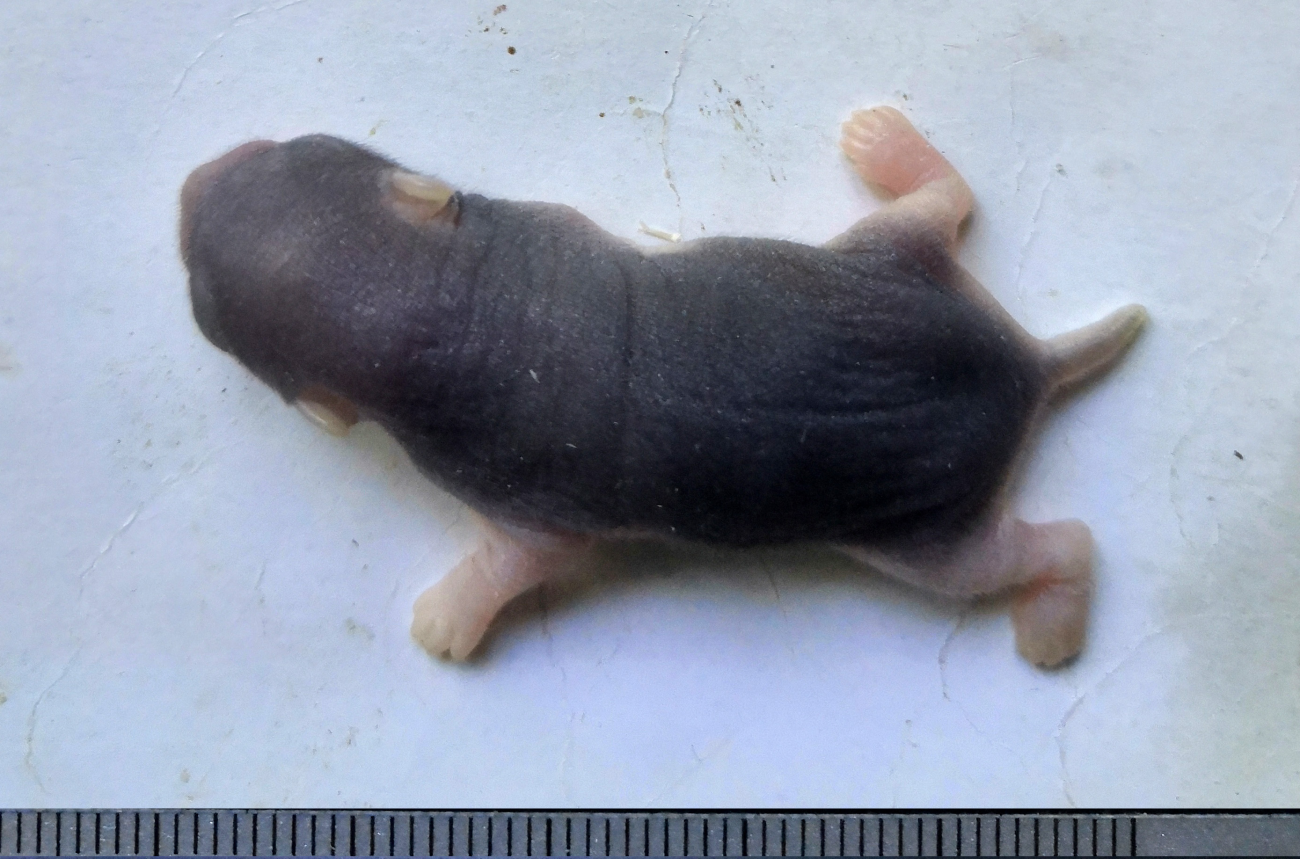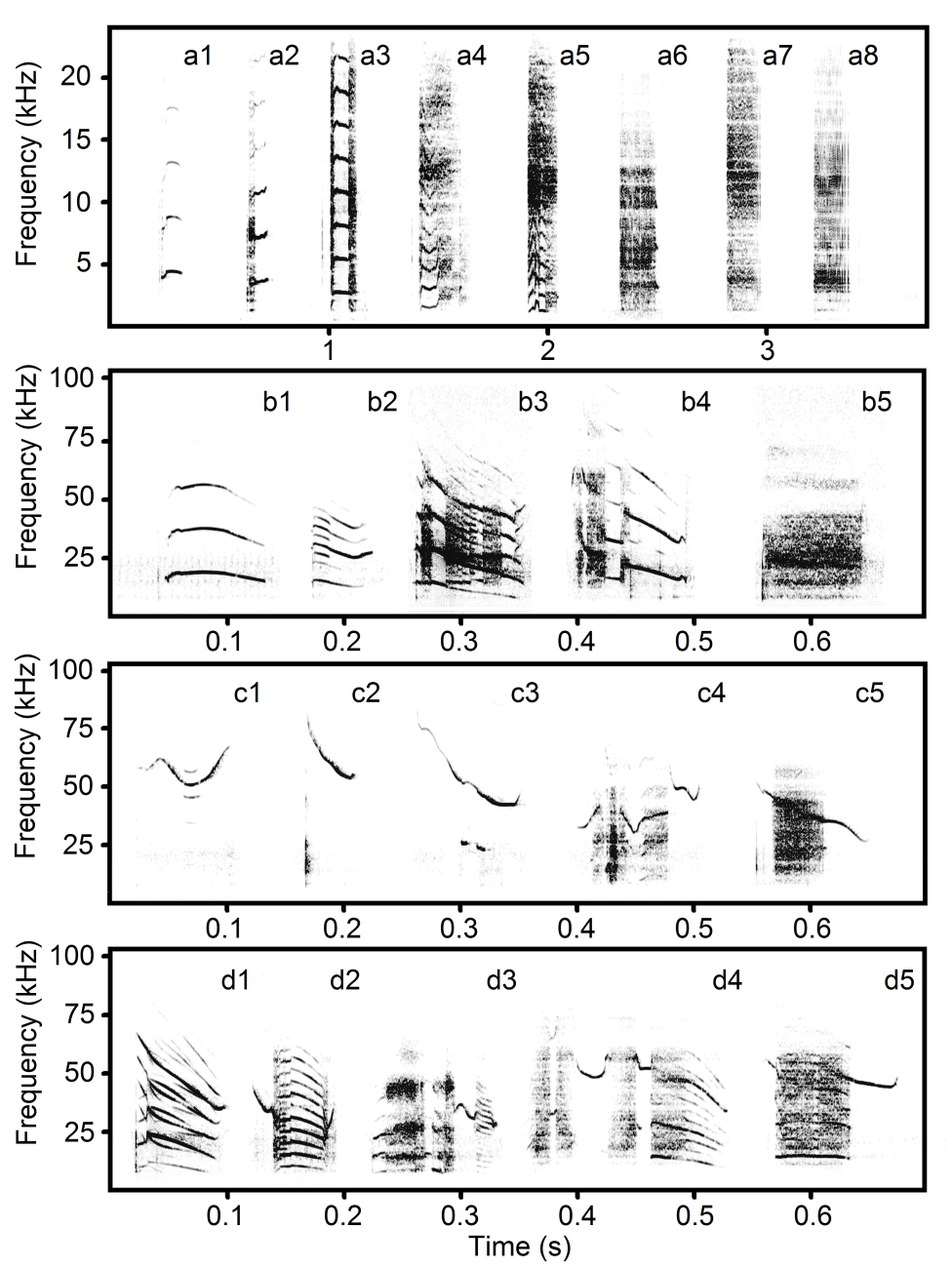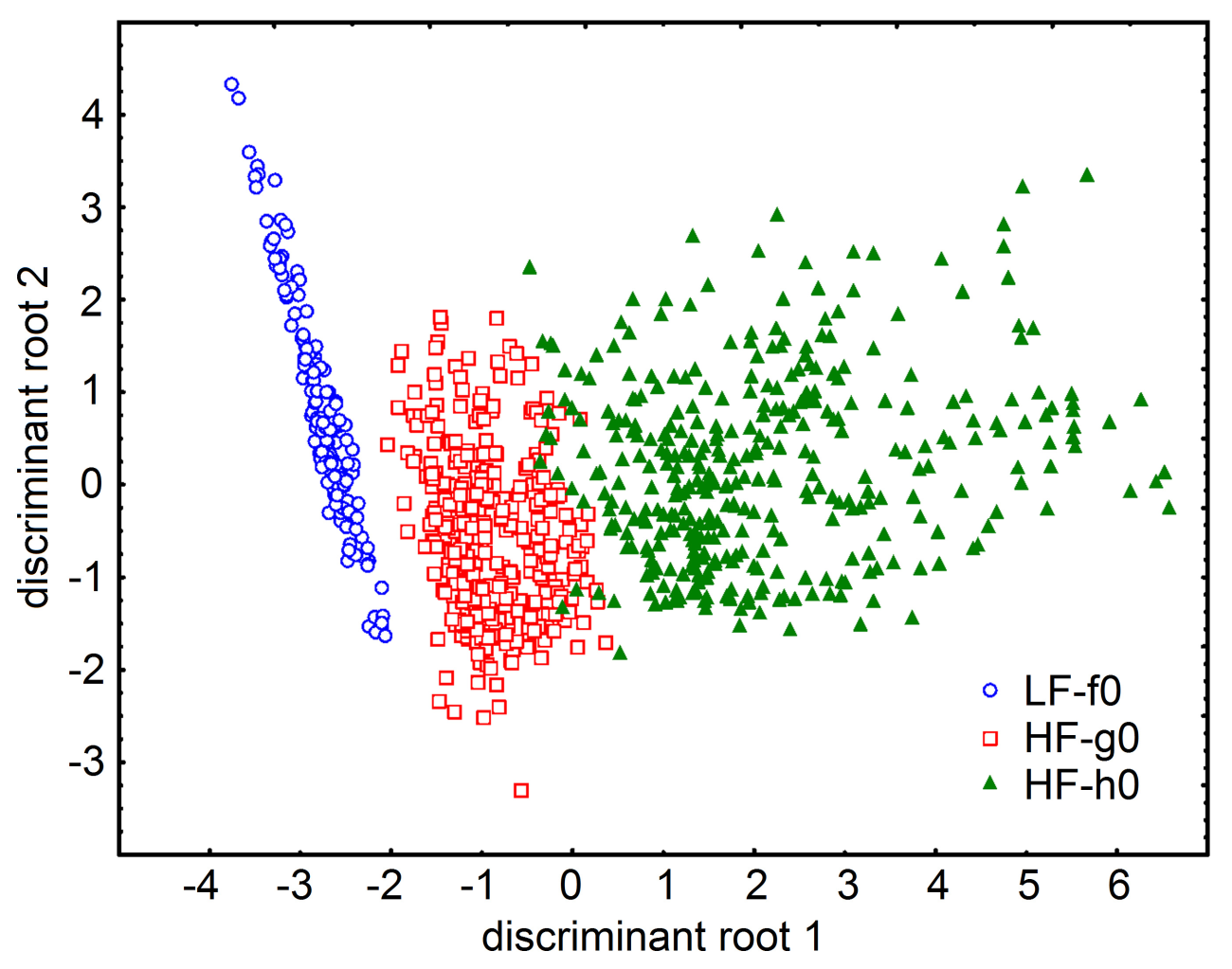
Scientists from the Institute of Ecology and Evolution of the Russian Academy of Sciences, as well as M.V. Lomonosov Moscow State University found that the calls of 4-5 day old Mongolian hamster Allocricetulus curtatus cubs found outside the nest have the most complex acoustic structure among all the studied rodent species. The cubs produced both audible sounds and ultrasonic signals which can only be detected using special software that displays a spectrogram of the cry. The call recording test lasted 2 minutes, after which the pup was measured and weighed.
Three independent fundamental frequencies were found in the calls, indicating that when producing them, the pups used not only the vocal cords, but also other sources that cause turbulence in the vocal tract. In addition, the cubs also produced purely noise calls, consisting entirely of acoustic chaos. Based on the presence of the three fundamental frequencies and their combinations, as well as chaos, all calls of the pups were classified into six different categories: (low-frequency tonal, low-frequency with chaos, high-frequency tonal, super-high-frequency tonal, calls with two high fundamental frequencies, high-frequency with chaos). For each of these categories, scientists assessed the relative occurrence, as well as the relationship with the body size of the cubs.
Comparison of the obtained data with similar data on the young of other species shows that such high complexity of calls is unusual for rodents. It suggests that the Mongolian hamster, compared to the house mouse strains currently used as models of childhood autism, may show more noticeable and significant responses in medical tests for the effects of the medicine. Since autism causes a decrease in the complexity of vocalizations, this species can be recommended as a potential biological model for studying early-onset autism in humans.


The results of the study were published in the journal Current Zoology: Rutovskaya M.V., Volodin I.A., Feoktistova N.Y., Surov A.V., Gureeva A.V., Volodina E.V. Acoustic complexity of pup isolation calls in Mongolian hamsters: 3-frequency phenomena and chaos. Current Zoology, 2023, zoad036.
